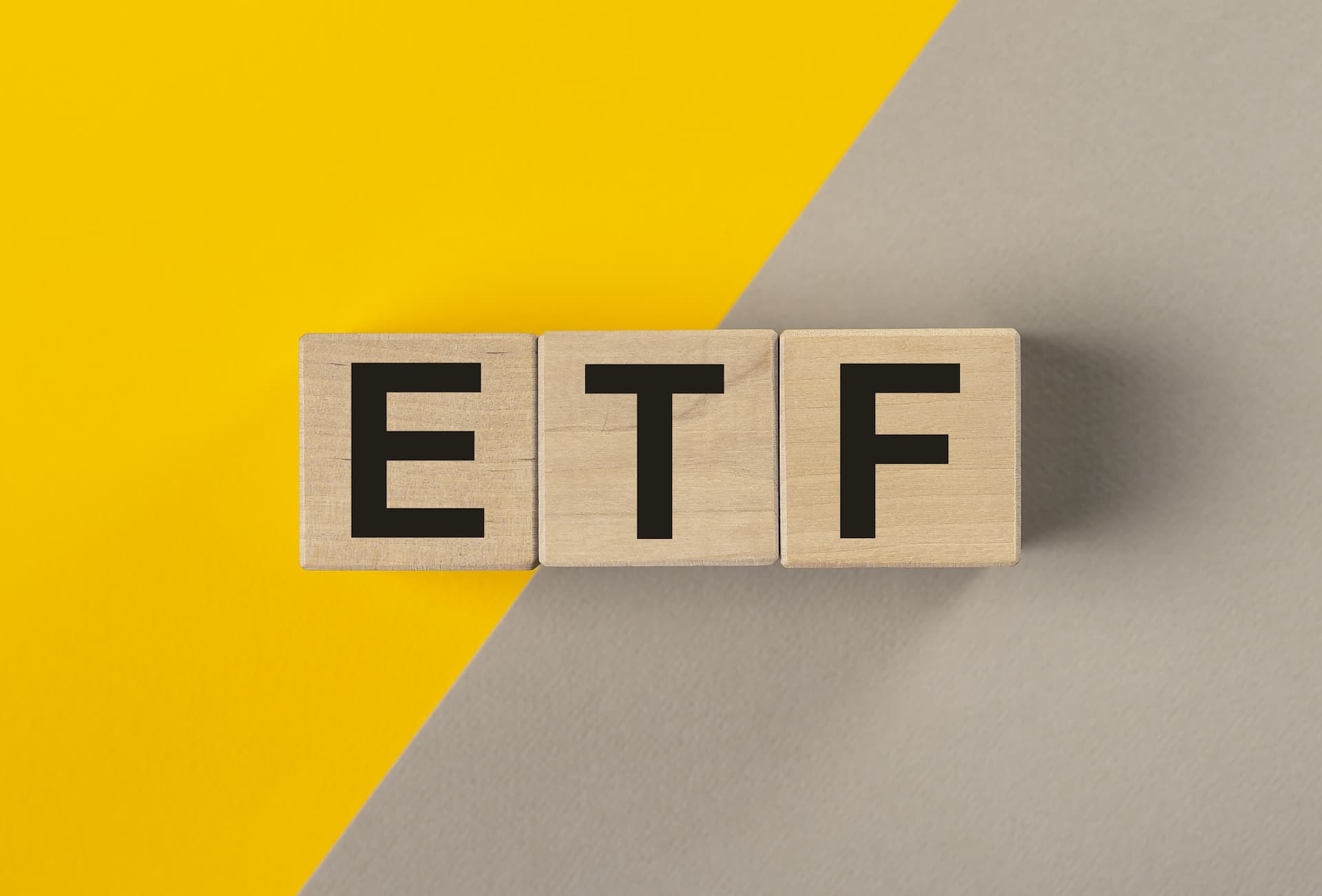How ETFs Work | Structure, Types, and Benefits

Exchange-Traded Funds (ETFs) are investment funds that offer a flexible, cost-efficient way to invest in a diverse range of assets. Understanding how ETFs work is crucial for making informed investment decisions. Explore the various types of ETFs, including equity, bond, commodity, and sector ETFs. Learn how these funds work and their benefits for diversified investing.
1. Structure of ETFs
Underlying Assets
ETFs are investment funds that hold a diversified portfolio of underlying assets. These can include stocks, bonds, commodities, or other securities. The primary goal of an ETF is to track the performance of a specific index, sector, or asset class. For example, an ETF might track major indices like the S&P 500 or the Nasdaq-100, providing investors with broad market exposure. Alternatively, some ETFs focus on specific sectors such as technology, healthcare, or energy. This diversification helps to mitigate risk and provide more stable returns over time. For more on sector-based ETFs, visit the Trading Tools page.
Creation and Redemption Mechanism
The creation and redemption mechanism is a key feature of ETFs that helps to keep their market price close to their Net Asset Value (NAV). Authorized Participants (APs) are typically large financial institutions that play a crucial role in this process. When there is high demand for ETF shares, APs buy the underlying securities and deliver them to the ETF issuer in exchange for new ETF shares. Conversely, when investors want to redeem ETF shares, APs return the ETF shares to the issuer and receive the underlying securities. This mechanism helps maintain liquidity and ensures that the ETF’s market price closely reflects its NAV. For more information on the creation and redemption process, visit the CFD Trading page.
2. Trading ETFs
Stock Exchange Trading
ETFs are traded on major stock exchanges, similar to individual stocks. This means that investors can buy and sell ETF shares throughout the trading day at market prices. This intraday trading feature provides investors with flexibility and liquidity, allowing them to react quickly to market changes. The ability to trade ETFs during market hours is particularly advantageous for those who want to manage their portfolios actively. For insights into ETF trading and strategies, visit the Forex page.
Market Price vs. NAV
The market price of an ETF can fluctuate throughout the trading day based on supply and demand. However, the creation and redemption mechanism ensures that the ETF’s market price generally remains close to its NAV. If the market price deviates significantly from the NAV, APs can exploit the arbitrage opportunity by creating or redeeming ETF shares, thus aligning the ETF’s price with its NAV. Understanding how the market price and NAV interact is crucial for effective ETF trading. For further understanding of this concept, see the Trading Basics page.
3. Types of ETFs
Equity ETFs
Equity ETFs invest in stocks and aim to replicate the performance of a specific index or sector. These ETFs provide broad market exposure by holding a diversified portfolio of stocks, such as those in the S&P 500 or Nasdaq-100 indices. Equity ETFs are popular among investors seeking to benefit from overall market growth or specific sector performance. For more details on equity ETFs, see the Trading Tools section.
Bond ETFs
Bond ETFs invest in fixed-income securities, including government or corporate bonds. They offer investors a way to gain exposure to bond markets while benefiting from the liquidity and trading flexibility of ETFs. Bond ETFs can provide regular income and lower risk compared to equities, making them a suitable choice for conservative investors. For information on bond ETFs, visit the Account Types page.
Commodity ETFs
Commodity ETFs invest in physical commodities or commodity futures contracts. They provide exposure to assets such as gold, oil, or agricultural products. Commodity ETFs can be used to hedge against inflation or diversify an investment portfolio by including commodities that may not be correlated with traditional stocks or bonds. For details on commodity ETFs, see the Forex page.
Sector and Thematic ETFs
Sector and thematic ETFs focus on specific sectors or investment themes, such as technology, healthcare, or environmental sustainability. These ETFs allow investors to target particular market trends or sectors, capitalizing on emerging opportunities. Sector-based ETFs can provide concentrated exposure to industries poised for growth. For more on sector-based investments, check out the Trading Tools section.
4. Advantages of ETFs
Diversification
One of the primary benefits of ETFs is diversification. By holding a basket of different securities within a single fund, ETFs spread investment risk across multiple assets and sectors. This diversification helps to mitigate the impact of poor performance in any single security and can lead to more stable returns over time. For more information on diversification through ETFs, visit the Trading Basics page.
Cost Efficiency
ETFs generally have lower expense ratios compared to mutual funds due to their passive management style. They also tend to have lower trading costs compared to buying individual stocks or bonds. The cost efficiency of ETFs can make them an attractive option for cost-conscious investors who seek to minimize investment expenses. For details on the cost benefits of ETFs, see the Trading Tools section.
Liquidity and Flexibility
ETFs are traded on stock exchanges, providing high liquidity and the ability to buy or sell shares throughout the trading day. This liquidity and flexibility allow investors to manage their portfolios and respond to market changes with ease. Additionally, ETFs can be easily integrated into various investment strategies, including long-term holding or short-term trading. For more on the liquidity and flexibility of ETFs, see the Forex page.
5. How to Invest in ETFs
Selecting an ETF
To invest in ETFs, start by choosing one that aligns with your investment goals, risk tolerance, and preferred asset class or sector. Research the ETF’s underlying index, expense ratio, and historical performance to ensure it fits your investment strategy. Consider factors such as the ETF’s tracking error, liquidity, and the reputation of the fund provider. For guidance on selecting the right ETF, visit the Account Types section.
Opening a Brokerage Account
Investing in ETFs requires a brokerage account. Open an account with a reputable broker that offers access to a wide range of ETFs. Ensure the broker provides competitive fees, a user-friendly trading platform, and good customer service. An efficient brokerage account setup is essential for executing trades and managing your investments effectively. For more information on setting up a brokerage account, check out the FAQs page.
Placing Trades
Once your brokerage account is set up, you can place trades for ETFs just like you would for individual stocks. Use limit or market orders to buy or sell ETF shares based on your investment strategy. Regularly monitor your ETF investments to ensure they align with your financial objectives. Consider using trading tools and resources provided by your broker to enhance your trading decisions. For details on placing trades, see the Trading Tools section.
Conclusion
ETFs offer a versatile and cost-effective way to gain exposure to a diverse range of assets and market segments. By understanding the structure, trading mechanisms, and advantages of ETFs, you can make informed investment decisions and optimize your portfolio. For further information and resources on ETFs, visit 24markets.com and explore sections such as Trading Tools, Forex, and Account Types.
Content
- - Structure of ETFs
- - Underlying Assets
- - Creation and Redemption Mechanism
- - Trading ETFs
- - Stock Exchange Trading
- - Market Price vs NAV
- - Types of ETFs
- - Equity ETFs
- - Bond ETFs
- - Commodity ETFs
- - Sector and Thematic ETFs
- - Advantages of ETFs
- - Diversification
- - Cost Efficiency
- - Liquidity and Flexibility
- - How to Invest in ETFs
- - Selecting an ETF
- - Opening a Brokerage Account
- - Placing Trades
- - Conclusion








